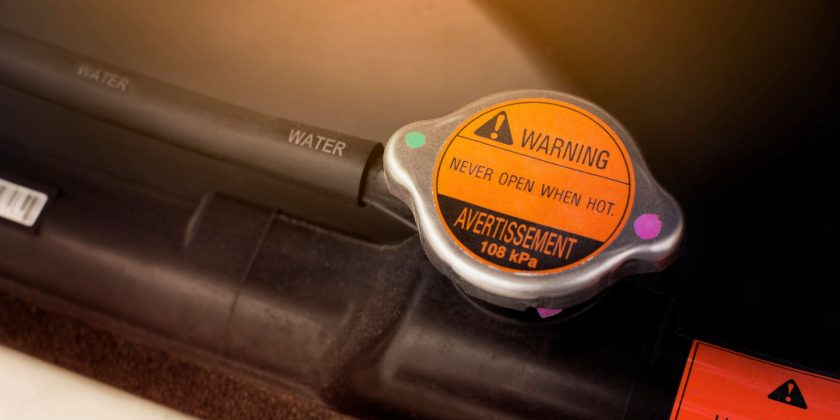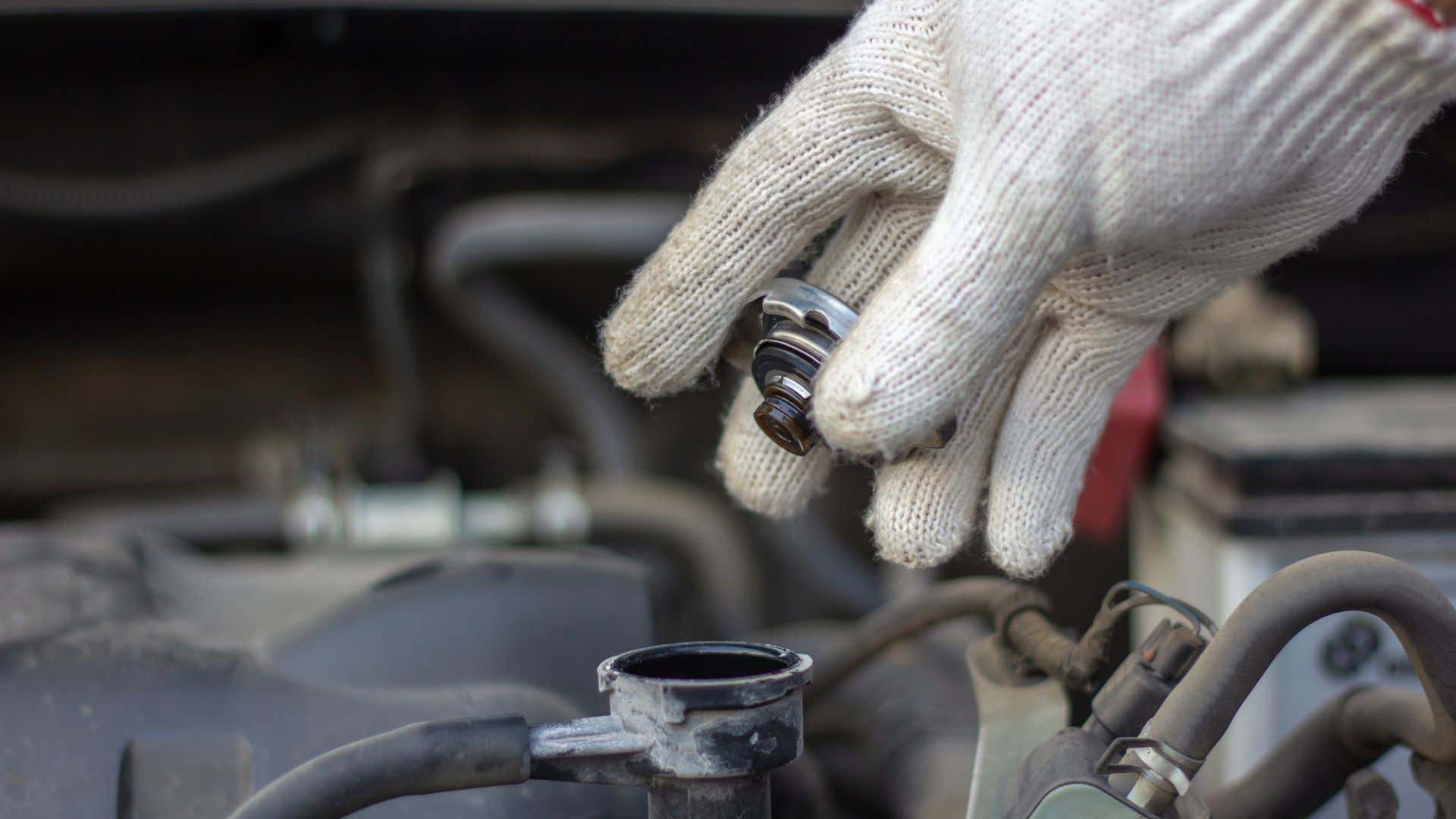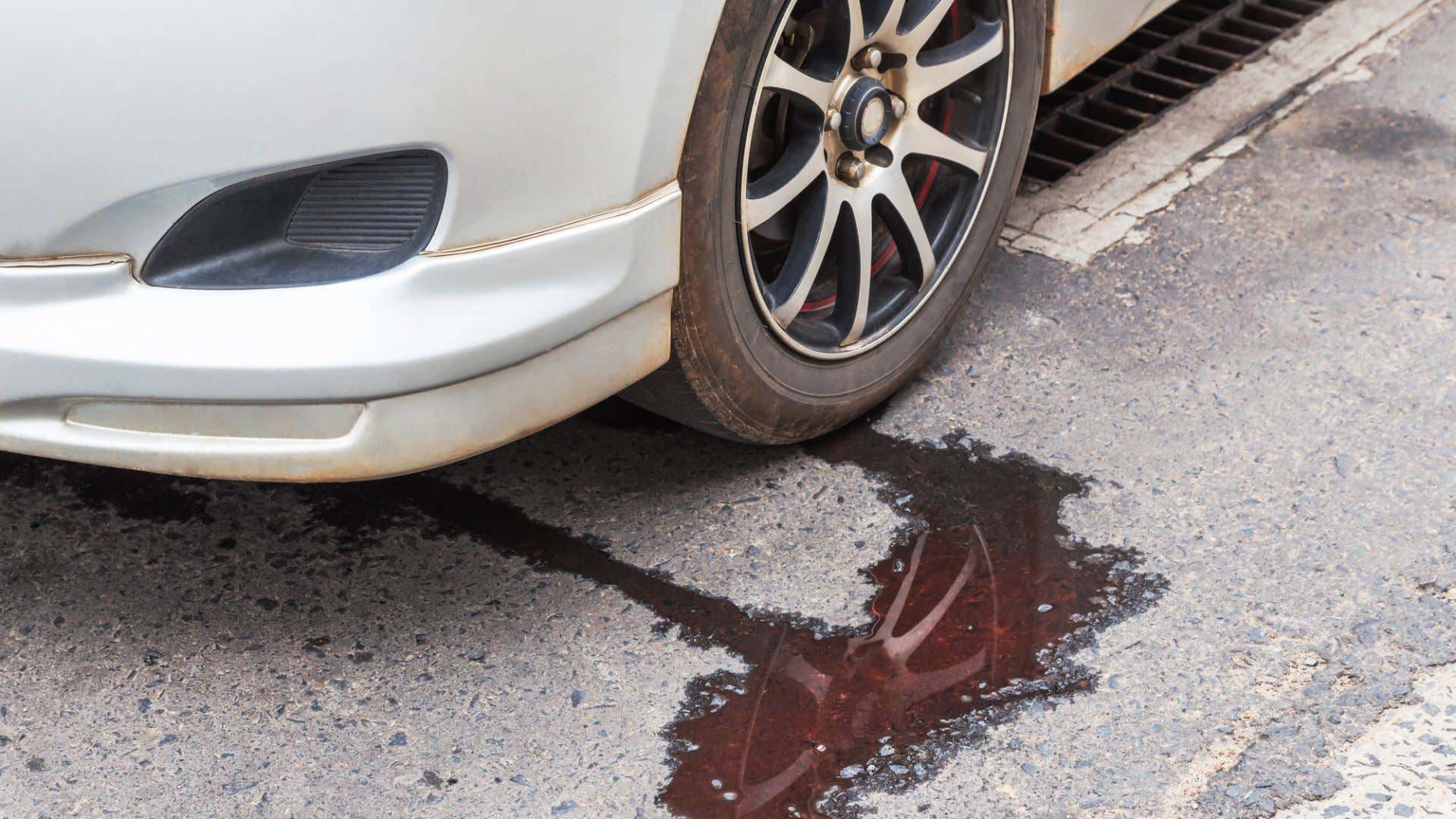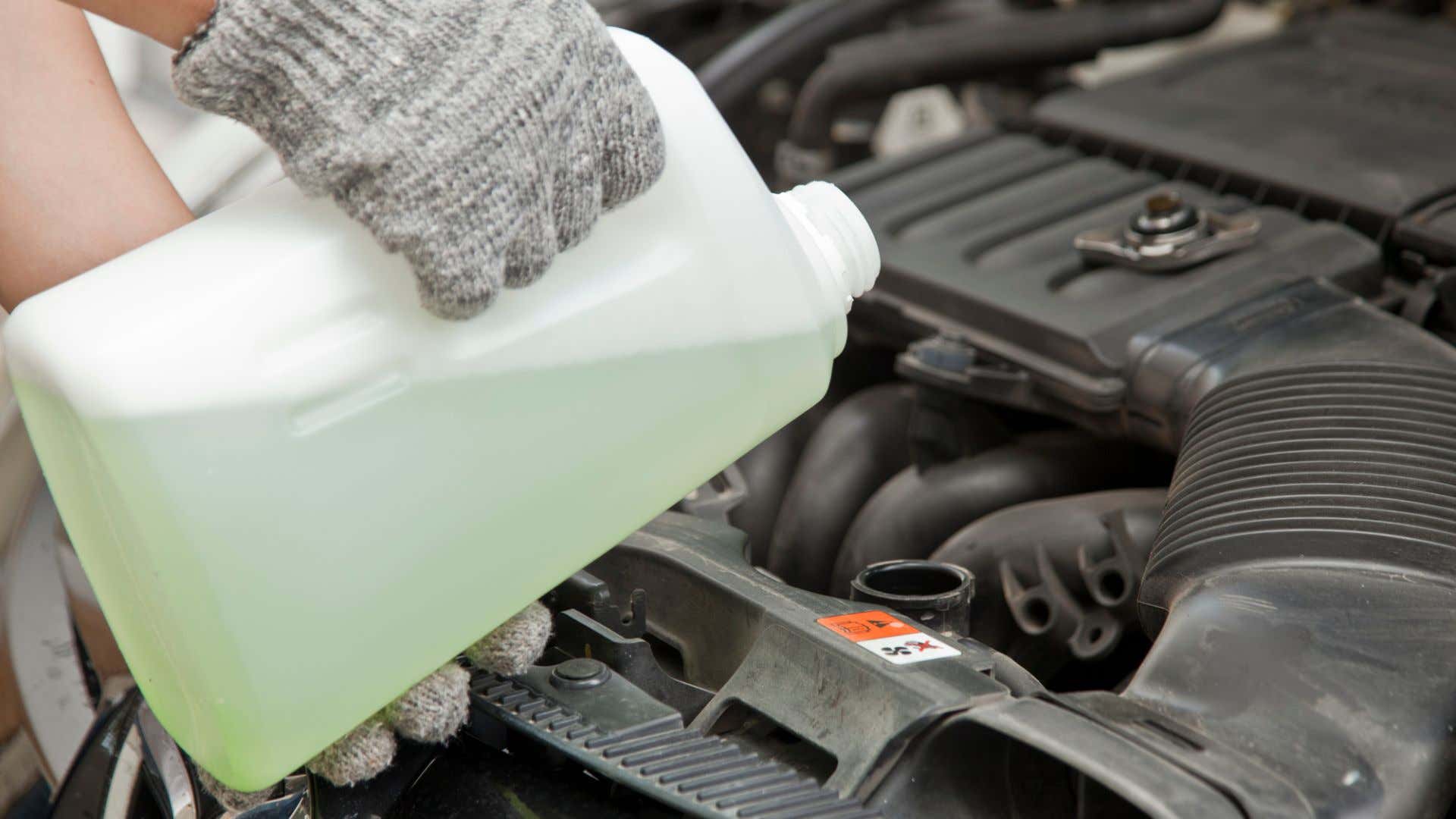The Drive and its partners may earn a commission if you purchase a product through one of our links. Read more.
Intro: A car engine gets so hot that some brave digestion devotees have cooked full-on steak dinners right atop a running engine block. Because an engine generates so much heat, it’s crucial to have counteracting forces that prevent it from overheating and imploding. That’s why every car requires a cooling system to keep it in check.
Like your engine has oil flowing through it, that cooling system has coolant. Without the proper levels of coolant, the system could malfunction, which could lead to engine damage. Maintaining the right coolant level, luckily, is a pretty simple job.
The Drive’s obsessive informational team is ready to transfer all of our coolant knowledge to you with a breakdown of its properties, its various types, and its functionality. Let’s get to it.
What Is Antifreeze?
Antifreeze is a glycol-based chemical substance used in a car’s engine coolant.
What Is Coolant?
Coolant is a mixture of a chemical solution, most commonly antifreeze, and water.
What Does Coolant Do?
The primary purpose of coolant is to cool down the engine by improving heat transfer and regulation. Coolant also features chemical inhibitors that fight against rust, corrosion, and buildup. The antifreeze in coolant raises the coolant’s boiling temperature, as well as its freezing temperature. Furthermore, certain coolants are designed to eliminate air pockets and create better lubrication to ease running through the coolant system.
A coolant cap’s removed.
What Does a Coolant Overflow Reservoir Do?
The coolant inside a car’s cooling system drastically fluctuates in temperature, which means its volume also changes. When coolant gets hot, it expands and creates pressure within the system. Once the radiator is completely full, this expanding hot coolant will overflow into the reservoir. When the coolant cools back down it contracts, which creates a vacuum. This vacuum sucks the coolant back into the radiator and system.
Types of Coolant
Like engine oil, engine coolant has evolved over the years. Peep the different types below.
Inorganic Acid Technology (IAT)
Also known as conventional coolant, IAT was used for decades but is no longer a coolant of choice because it doesn’t last very long and requires frequent servicing.
Organic Acid Technology (OAT)
OAT coolant is an improvement on IAT coolant and therefore has longer-lasting additives and generally lasts longer without needing service.
Hybrid Organic Acid Technology (HOAT)
HOAT coolants use properties from both IAT and OAT. HOAT coolants are generally highly reliable and have long usage lifespans.
What Coolant Do I Need?
Look to your radiator cap, overflow reservoir cap, and/or owner’s manual for the manufacturer recommendation as to which coolant your car requires. Be careful with assuming the color in the system is the color you need. Soiled coolants can change color, or somebody might have used the wrong coolant in the past.
Should I Buy Premixed or Concentrated?
That’s up to you. Premixed is nice and convenient because it already has the correct solution ratio, and you don’t have to worry about getting distilled water. Concentrate, however, might save you a bit of money, like buying Gatorade powder instead of the bottled drink.
Simple Steps for Checking Your Coolant Level
Follow these guidelines for a quick and easy coolant check.
A leaky radiator.
Coolant Check Basics
Estimated Time Needed: 5 Minutes
Skill Level: Beginner
Vehicle System: Cooling
Coolant Safety
Working on your car can be dangerous and messy, so here’s exactly what you’ll need to ensure you don’t die, get maimed, or lose a finger and that you keep your jeans, shirt, and skin spotless—hopefully.
- Safety glasses
- Coolant
Everything You’ll Need To Check Coolant Level
Checking your coolant level is one of the easiest things to do because you need absolutely nothing, not even a rag. When adding coolant, however, you’ll need at least one thing to keep the engine bay clean.
Tool List
- Funnel, if necessary
Parts List (If Applicable)
- Antifreeze and distilled water, or coolant
Organizing your tools and gear so everything is easily reachable will save precious minutes waiting for your handy-dandy child or four-legged helper to bring you the sandpaper or blowtorch. (You won’t need a blowtorch for this job. Please don’t have your kid hand you a blowtorch—Ed.)
You’ll also need a flat workspace, such as a garage floor, driveway, or street parking that’s also well-ventilated. Check your local laws to make sure you’re not violating any codes when using the street because we aren’t getting your ride out of the clink.
Here’s How To Check Coolant Level
The most important thing when checking coolant is you need to let your car cool down before you open the system. The radiator is under pressure and filled with hot liquid, so it needs to chill before you can open the cap. On some vehicles, however, the coolant check cap will be located on the coolant spillover reservoir. Let’s do this!
Radiator Cap
Reservoir Cap
Coolant getting poured into a radiator.
Get Mobile Automotive Service and Repair with YourMechanic
While The Drive’s how-to guides are detailed and easy to follow, no vehicle is created the same, and not all auto maintenance or repair tasks are easy to accomplish on your own. That’s why we’ve partnered with YourMechanic and their network of mobile automotive technicians to offer our readers $10 off a $70 or more service call when you use promo code THEDRIVE.
Pro Tips to Check Coolant Level
The Drive’s editors have been checking coolant since our mothers were checking our diapers. Heed our advice.
- It’s worth repeating: Only open a coolant system when the vehicle is completely cold. Hot coolant is under pressure and could spray out and burn you.
- If your coolant is low, there could be a negative cause. Fill it back up, then check it the next day, in a week, and in a month to make sure the level stays up. If it’s going down again, it’s time to diagnose the problem.
- Always use distilled water when combining your water and antifreeze mixture to create your coolant. You don’t want minerals getting into your system.
- Antifreeze might look like Gatorade, but it’s toxic and should be treated as such. Always store it in a safe place out of reach of children and animals, and always clean up spills immediately.
- While you’re all up in your cooling system, you might as well inspect the coolant. If the solution is dark, muddy, milky, or soiled, you likely need to do a full flush, and there might be something wrong that you need to diagnose.
FAQs About Checking Coolant Level
You’ve got questions, The Drive has answers!
Q: So Can I Use Only Water?
A: Only for extremely short periods of time or in an emergency. Without the proper coolant, your engine could overheat or freeze, both of which could cause severe damage. Add coolant as soon as you possibly can.
Q: Ok, But Can I Mix Coolants?
A: We do not recommend mixing coolants. Stick to the one recommended by your manufacturer.
Q: Yeah, Ok, So How Long Does Coolant Last?
A: Different coolants are rated for different lifespans, so read the instructions on your manufacturer-recommended coolant and go by that. However, it’s best to always keep an eye out for issues, which means consistently looking underneath the car for leaks and consistently checking the fluid for irregular levels or pollution.
Let’s Talk, Comment Below To Talk With The Drive’s Editors!
We’re here to be expert guides in everything How-To related. Use us, compliment us, yell at us. Comment below and let’s talk! You can also shout at us on Twitter or Instagram, here are our profiles.
Jonathon Klein: Twitter (@jonathon.klein), Instagram (@jonathon_klein)
Tony Markovich: Twitter (@T_Marko), Instagram (@t_marko)
Chris Teague: Twitter (@TeagueDrives), Instagram (@TeagueDrives)
Featured Products
Star Brite Premium Synthetic Engine Coolant
Zerex Original Green Antifreeze, Concentrated
Evans Cooling Systems High Performance Engine Coolant
Got a question? Got a pro tip? Send us a note: [email protected]
Source: Read Full Article



